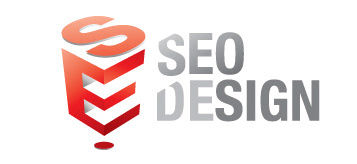Development of Instructional Model in Virtual Design Classroom
A manuscript: Springer Link
Abstract: This study investigates a new design pedagogy with remote instruction in a virtual teaching and learning environment. Ever since the pandemic crisis forced shifting online and remote instructions, there were chaotical concerns about whether the present digital tools and instructional models were applicable to all disciplines in higher education. Design education is traditionally comprised of the studio hands-on basis where students interact with a peer group. Even though face-to-face in-person instruction replaced video conference in remote instruction, there were still limited interaction and communication tools for learning and teaching in a virtual environment. This study developed an experimental pedagogy and instruction model and measured the effectiveness of learning and teaching outcomes in comparison to three semesters. The analysis of implemented instruction models was compared with the in-person instruction and open-ended survey responses were discussed for improvements and developments of instructional tools and models. In finding, this study found that design discipline can be driven by remote instruction more effectively even though there is limited access for the physical facilities in their creativity. This study also addresses the significance of new design pedagogy in preparation for the new paradigm of a working environment in the design profession.
Research Method: This study focuses on the investigation of the current issues of remote instructions for online teaching and learning art and design education. Among several studies related to online design education, Fleischmann [8] demonstrated five key strategies for effective online design courses through the investigation of students’ attitudes towards online learning: 1) instant feedback from instructors; 2) idea exchanges between instructors and students; 3) receiving instant peer feedback; 4) checking work progress; 5) direct collaboration. This study applied the five strategies to measure and analyze the limitation of the current graphic design studio-based learning and teaching. The research method for the comparisons between remote and in-person instruction was demonstrated by sequential analysis with three phases: P1) Online instruction and tools: analysis of the effectiveness of interactive pedagogy in a virtual environment, P2) Experimenting with a new pedagogy with remote instruction: Discussion for a new teaching and learning methods in various aspects of online studio art and design disciplines, and P3) Learning outcomes and assessment: Discussion with survey responses in regards to remote and self-directed learning in creativity.
